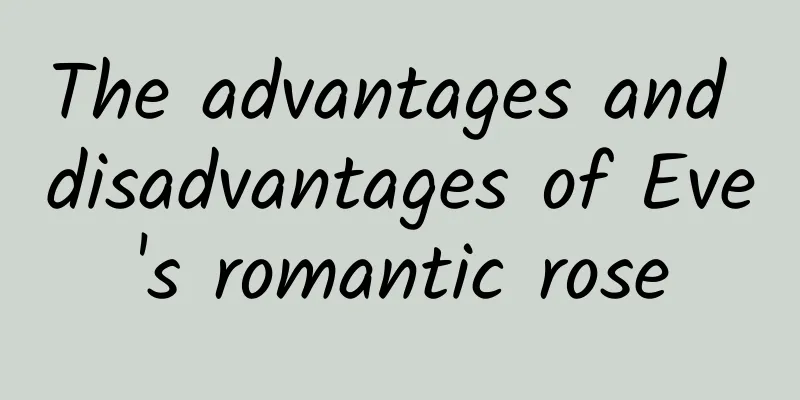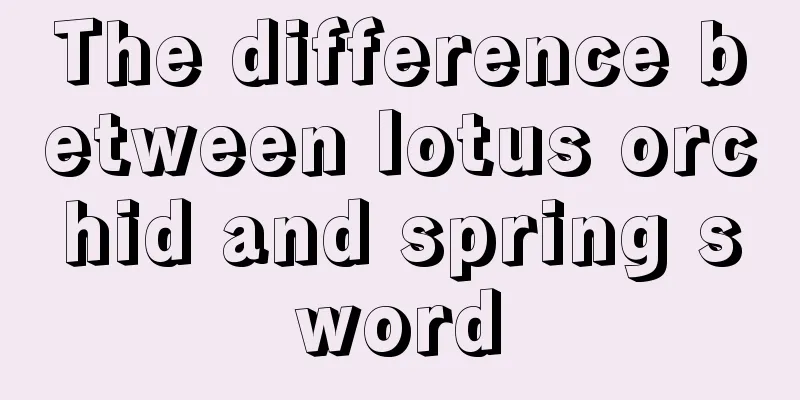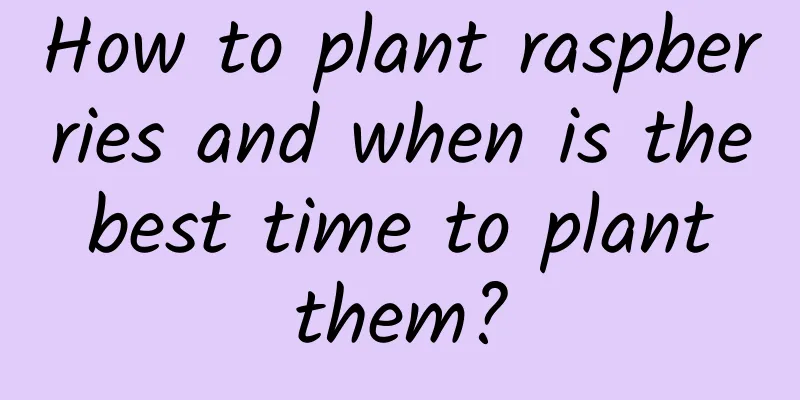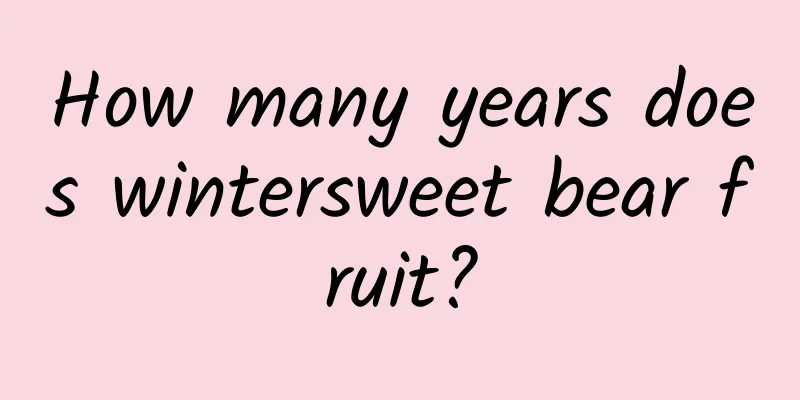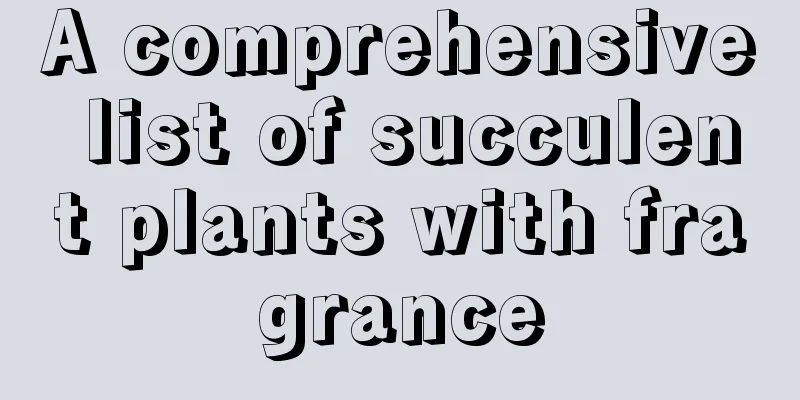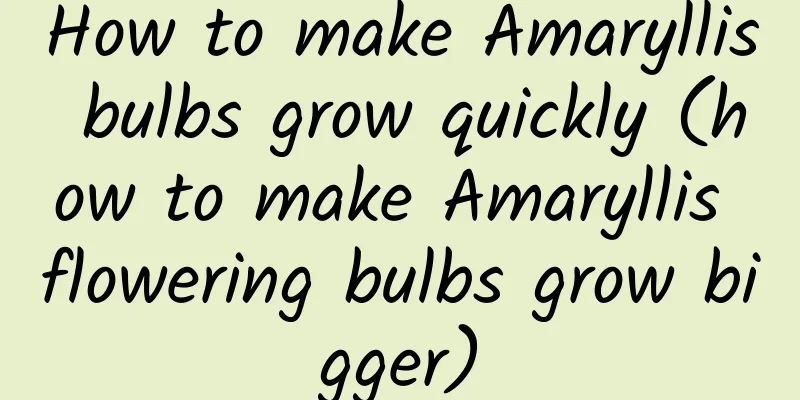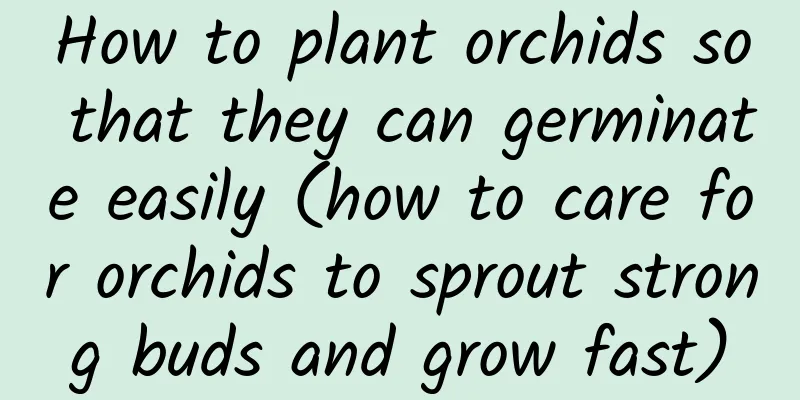What insects does bifenthrin kill?
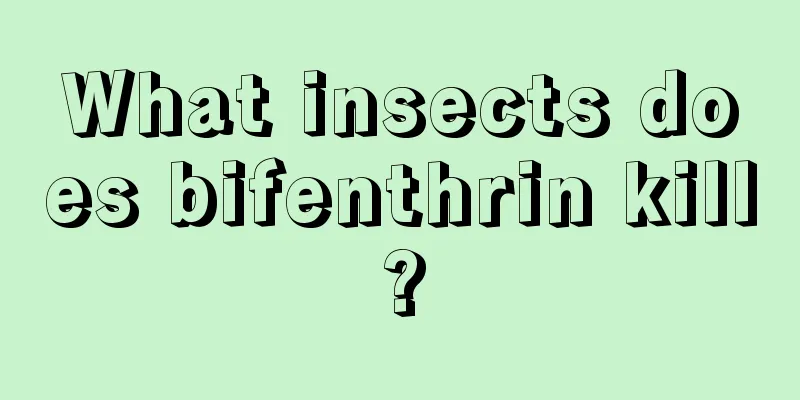
|
Bifenthrin is a highly effective synthetic pyrethroid insecticide with contact and stomach poison effects, a long lasting effect and a fast insecticidal speed, which is why it is widely used in countries around the world. So what insects does cypermethrin kill? Let’s learn more about it below. What insects does bifenthrin kill? Bifenthrin has a broad insecticide spectrum and is effective against a variety of pests such as Lepidoptera, Hemiptera, Coleoptera, and Thysanoptera. It also has a certain control effect on Acarina pests and can be used to control both insects and mites. Common targets for control include cotton bollworm, pink bollworm, tea geometrid, tea caterpillar, apple or hawthorn red spider, peach borer, aphid, cabbage looper, cabbage moth, and citrus leaf miner. How to use cypermethrin correctly? 1. Applicable crops Suitable for cotton, fruit trees, vegetables , tea and other crops. 2. Usage and Dosage (1) Control of cotton bollworm: Apply pesticides during the peak egg hatching period. Use 20-40 ml of 10% bifenthrin emulsifiable concentrate per mu, add 50-100 kg of water and spray evenly. (2) Prevention and control of cabbage aphids: Apply pesticides during the outbreak period, using 3000-4000 times diluted 10% cypermethrin emulsifiable concentrate for spraying. (3) Prevention and control of peach borer: Apply pesticides during the peak egg hatching period. When the egg-fruit rate reaches 0.5%-1%, spray with 3300-10000 times diluted 10% cypermethrin emulsifiable concentrate. Spray 3-4 times throughout the season. (4) Control of citrus leafminer: Apply pesticides at the early stage of new shoots. Spray 10% cypermethrin emulsifiable concentrate at a dilution of 3300-5000 times. Spray again every 7-10 days. This can have a good insecticidal and shoot-protecting effect. (5) Control of tea loopers, tea caterpillars and tea moths: Apply the pesticide when the larvae are 2-3 instar, spray with 3000-5000 times diluted 10% cypermethrin emulsifiable concentrate, or use 10-20 ml (1-2 g active ingredient) of 10% cypermethrin emulsifiable concentrate per mu, and add water for spraying. 3. Notes (1) Apply the pesticide evenly and carefully, minimize the number of consecutive applications, and rotate it with other pesticides such as organophosphorus whenever possible to slow down the development of resistance. (2) Cypermethrin is highly toxic to fish, shrimp and bees. When using it, stay away from beekeeping areas and do not pour the remaining liquid into rivers, ponds or fish ponds. (3) Do not mix with alkaline substances to avoid decomposition. (4) Bifenthrin is not very effective in controlling whiteflies on vegetables. It is recommended to use it in combination with other insecticides for better results. In general, cypermethrin has a broad insecticide spectrum and acts quickly, and can control a variety of pests such as Noctuidae, Pyralids, aphids, mites, etc. However, it also has certain disadvantages, namely, the effective period is short and pests are prone to develop resistance. Therefore, attention should be paid to the reasonable use method, especially some compound formulas should be mastered well.
|
<<: How to repot a fortune tree and what kind of soil is best for repotting
Recommend
Exclusive spring reproduction method
Propagation by division time The time for divisio...
Is the banana yield high? What is the yield per mu?
Is banana production high? The yield of bananas i...
How to propagate hydrangeas by bud grafting
Step 1: Bud cultivation In spring, keep the prune...
What season is dandelion? Dandelion pictures
1. Flowering period The flowering period of dande...
The efficacy and function of roses, how to eat roses
1. Efficacy and Function 1. Relax and relieve bor...
How to sow blue star flowers
Seed selection Selecting seeds before sowing is a...
How to prune longevity plum
When to prune the longevity plum It is generally ...
Cultivation method of potted iron tree
1. Lighting conditions It is extremely light-lovi...
How long is the growth period of Amomum villosum
Introduction to the growth of Amomum villosum Amo...
The meaning of red carnations (with the meaning of different colors and number of branches)
1. What is the language of flowers? Its flowers a...
These 3 kinds of flowers have better meanings than the "money tree" and rich people love to grow them!
Plants such as the money tree and lucky bamboo, w...
How to grow ginger lotus
1. Breeding methods 1. Flower soil: Ginger lily d...
What to do if the leaves of peach egg are wrinkled and not growing well
reason First, although the peach egg is afraid of...
Why do camellia buds fall off?
1. Improper watering Reason: Camellia is drought-...
Should I cut off the withered leaves of the crabapple? How to prune it?
1. Do I need to cut off the withered leaves? When...

